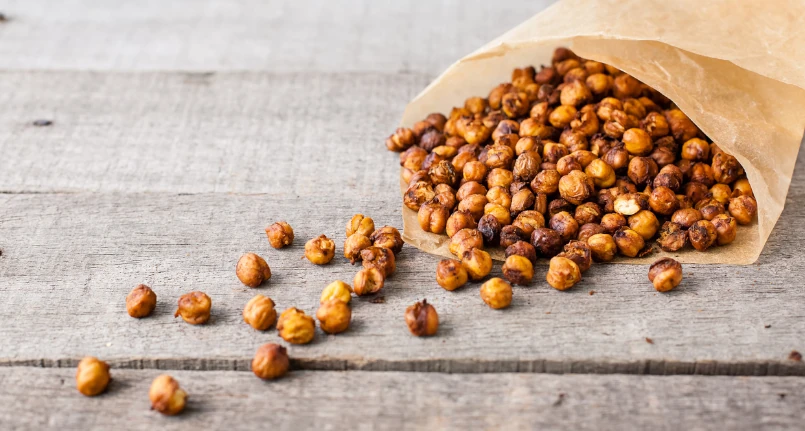Introduction
Cyclically, foods never considered and known before make their appearance on Western and Italian tables . They mainly come from the Asian or African continents and enrich local preparations, or are used in ethnic recipes. During the Covid -19 pandemic , for example, some foods appeared that have now become popular. Some have only stated their use, outside the region. However, the 2022 gastronomic trends do not only have to do with the new taste trends , but have different reasons: health issues or ethical-ideological choices. Foods such as moringa , loyuzu , the cereals derived from regenerative agriculture. Meat is not completely eliminated, but reduced and of higher quality with particular attention to the environmental impact of farms and animal health .
New post-pandemic food trends
What we eat, in addition to being good and perhaps revealing unexplored tastes, must therefore be beneficial for the body. Healthy for the well-being of those who eat, but also of the environment. This is how philosophies and food choices are born such as “reductitarianism” , i.e. a diet in which it is essential to consume less meat, but of an absolute higher quality and selected. The objectives are to drastically reduce the importation of meat, putting the impact of farms on the environment and animal health first .
Regenerative agriculture will be another trend in 2022. Cereals , for example, in addition to being organic, must be crops from regenerative agriculture, i.e. those in which when something is harvested from the ground it is necessary to immediately return or replace it, enriching the soil and not impoverishing it. All in the name of the green philosophy : recycle, reuse, reuse. Even scraps are reused in the kitchen: anti-waste cooking is another trend, as are the small-scale cultivation of vegetables and aromatic herbs starting from scraps .
Moringa
An ingredient that has peeped out on Western and Italian tables is moringa, a true superfood , originally from the equatorial and tropical belt, very widespread in African cuisine. Moringa is a plant belonging to the Moringaceae family, and can even reach 10 meters in height . It has always been used in Indian folk medicine and in the traditional medicines of the countries where this tree usually grows (such as Asia, South America, Africa, the Caribbean, some countries in Oceania, etc.)
In Italy the dried and chopped or pulverized leaves are commercially available and are used for the preparation of infusions or drinks . The pulverized leaves and seed extracts are found in the composition of some food supplements approved by the Ministry of Health. Moringa is also used in cosmetics: the extracts and the oil, mainly, for the formulation of creams and masks.
Yuzu
The yuzu enters the kitchen , grown mainly in Japan, Korea and China . It is a citrus fruit, a mix between lime and mandarin , much appreciated in the preparation of various dishes, both of the Asian tradition and variations of Italian dishes. It boasts remarkable beneficial properties: support for the immune system; prevent colds and flu , anti-inflammatory action , helps preserve eyesight, protects the skin from free radicals, digestive properties , relaxing functions in aromatherapy .
In home cooking, yuzu is used for the preparation of the famous Ponzu sauce, obtained by mixing: rice vinegar , kombu seaweed , sweet sake, fish stock and yuzu juice; teas, wines, liqueurs and cocktails, jams and marmalades . In savory preparations , yuzu can be used to flavor fish or over seafood , sushi , sashimi , but also mayonnaise , butter and soups.
Black cabbage
Black cabbage , a winter season vegetable , is widely used in some Italian regions. One above all Tuscany, where it is the main ingredient of the classic ribollita, and of many soups. Today we cook in a “contemporary” way: the leaves, washed and then placed in the oven for a very few moments, become crunchy chips as an aperitif. They can be used for rolls, or as a condiment for pasta or lasagna .
Furthermore, black cabbage boasts numerous beneficial properties: it is a low- calorie food , obviously fat-free and rich in fibre , a characteristic which makes it effective in the diet against constipation and again, for metabolic diseases ( type 2 diabetes mellitus , hypercholesterolemia etc). From a saline point of view, black cabbage contains high quantities of water and potassium , a very important element for sportsmen , for the elderly (both categories prone to dehydration ) and for those suffering from hypertension(pathology that improves with significant contributions of this mineral). It contains moderate quantities of vitamin C ( ascorbic acid ), but there is no shortage of folic acid and carotenoids (pro vit. A ). In addition to carotenoids and ascorbic acid , black cabbage contains other molecules with antioxidant power , which is why it belongs to the group of foods that can help reduce the risk of cancer .




